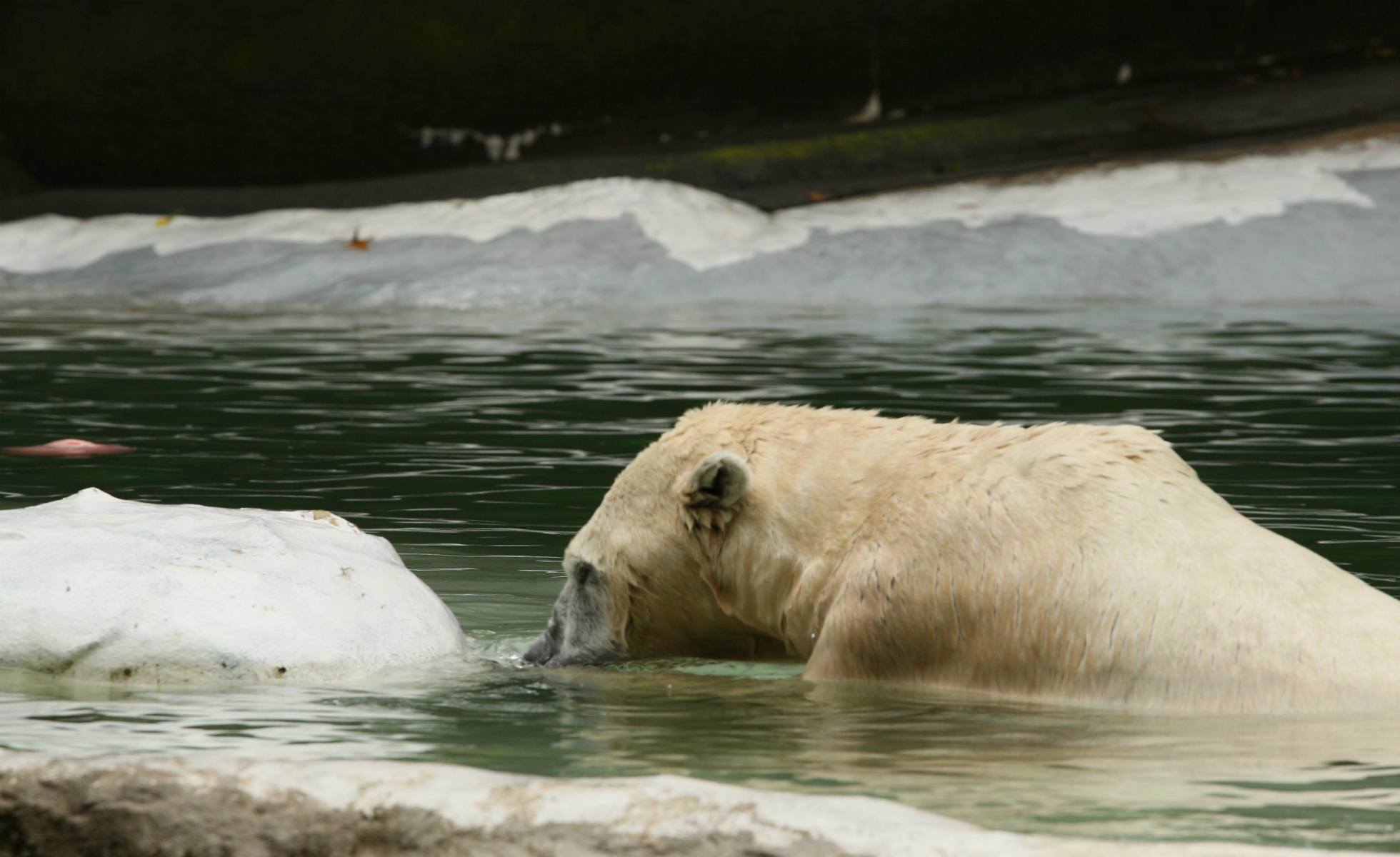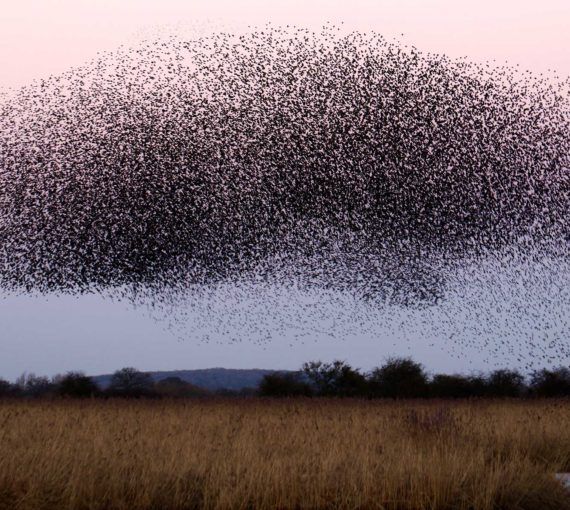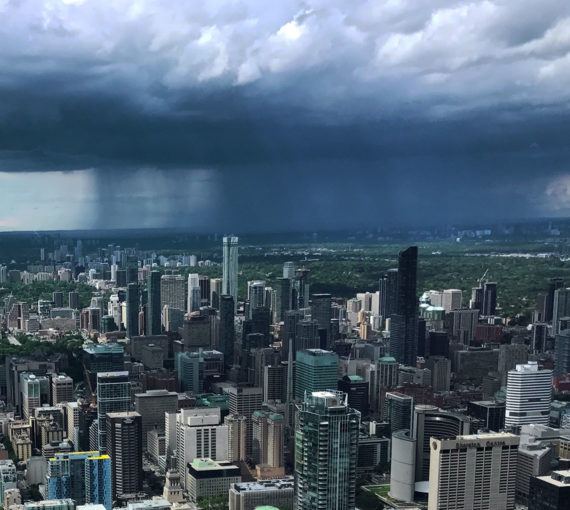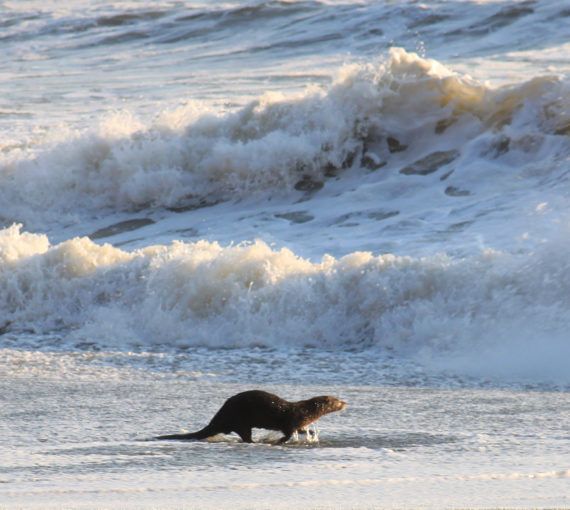Clean air, water and soil to grow food are necessities of life. So are diverse plant and animal populations. But as the human population continues to increase, animal numbers are falling. There’s a strong correlation. A comprehensive report from the World Wildlife Federation and the Zoological Society of London found that wild animal populations dropped by 58 per cent between 1970 and 2012, and will likely reach a 67 per cent drop by 2020 if nothing is done to prevent the decline.
The report points to human activity as the main cause. Habitat degradation and destruction, hunting and overfishing, the illegal wildlife trade, invasive species, disease, pollution and climate change are causing an extinction crisis unlike any since dinosaurs disappeared 65 million years ago. Animals worldwide are affected, from African elephants to European dolphins to Asian vultures to amphibians everywhere.
Humans will feel the impacts, the study notes: “Living systems keep the air breathable and water drinkable, and provide nutritious food. To continue to perform these vital services they need to retain their complexity, diversity and resilience.”
Although the study, Living Planet Report 2016: Risk and resilience in a new era, paints a bleak picture, it offers hope, many solutions and examples of successful transitions. In the introduction, WWF International director general Marco Lambertini writes, “We are entering a new era in Earth’s history: the Anthropocene. An era in which humans rather than natural forces are the primary drivers of planetary change. But we can also redefine our relationship with our planet, from a wasteful, unsustainable and predatory one, to one where people and nature can coexist in harmony.”
For the study, researchers measured “biodiversity abundance levels based on 14,152 monitored populations of 3,706 vertebrate species.”
The report points out that, beyond the crisis’ immediate and direct causes, our mindsets and systems are at the root of the problem. The outdated notions of gross domestic product and unlimited growth on a finite planet, short-term political and business thinking, externalization of social and ecological costs, rampant consumerism, and a failure to understand the connections between actions and consequences and between living systems have put us on an unsustainable course, pushing planetary processes beyond safe boundaries.
To address this, we must find ways to live sustainably, especially regarding energy and food. Rapid renewable energy development and shifting from fossil fuels to clean sources are crucial. So are consuming less animal protein — especially in high-income countries — and reducing waste along the food chain. “Furthermore, optimizing agricultural productivity within ecosystem boundaries, replacing chemical and fossil inputs by mimicking natural processes, and stimulating beneficial interactions between different agricultural systems, are key to strengthening the resilience of landscapes, natural systems and biodiversity — and the livelihoods of those who depend on them.”
To a large extent, conserving energy and consuming less of everything will determine whether we succeed or not. And while overconsumption, especially among the world’s most well-off, is a key factor in the breakdown of natural systems, overpopulation can’t be ignored. The best ways to address the population problem are to improve women’s rights and provide greater access to birth control and education.
Slowing or stopping species extinctions and other human-caused crises are monumental challenges. But we’ve risen to meet major challenges before. Humanity has progressed in many ways, changing outdated practices and economic systems when they no longer suited our purposes or when they were found to be destructive — from the abolition of slavery in ostensibly democratic countries like the U.S. to expanded rights for women and minorities in many nations. International agencies and agreements have made the world smaller, with greater opportunities for co-operation. Better education, especially in areas like critical thinking and Indigenous knowledge, will help us progress even further.
The challenges may be huge, but a better world is possible. The alternative is to watch as animals and plants go extinct, water becomes scarce, weather hits more extremes, conflicts over land and resources increase, and life becomes more difficult for people everywhere. As we’ve seen numerous times, once we start to tackle the challenges, we’ll see many benefits emerge, from greater equity to better health and more balanced ways of living within planetary limits. Then we can all enjoy the many gifts Earth provides.




